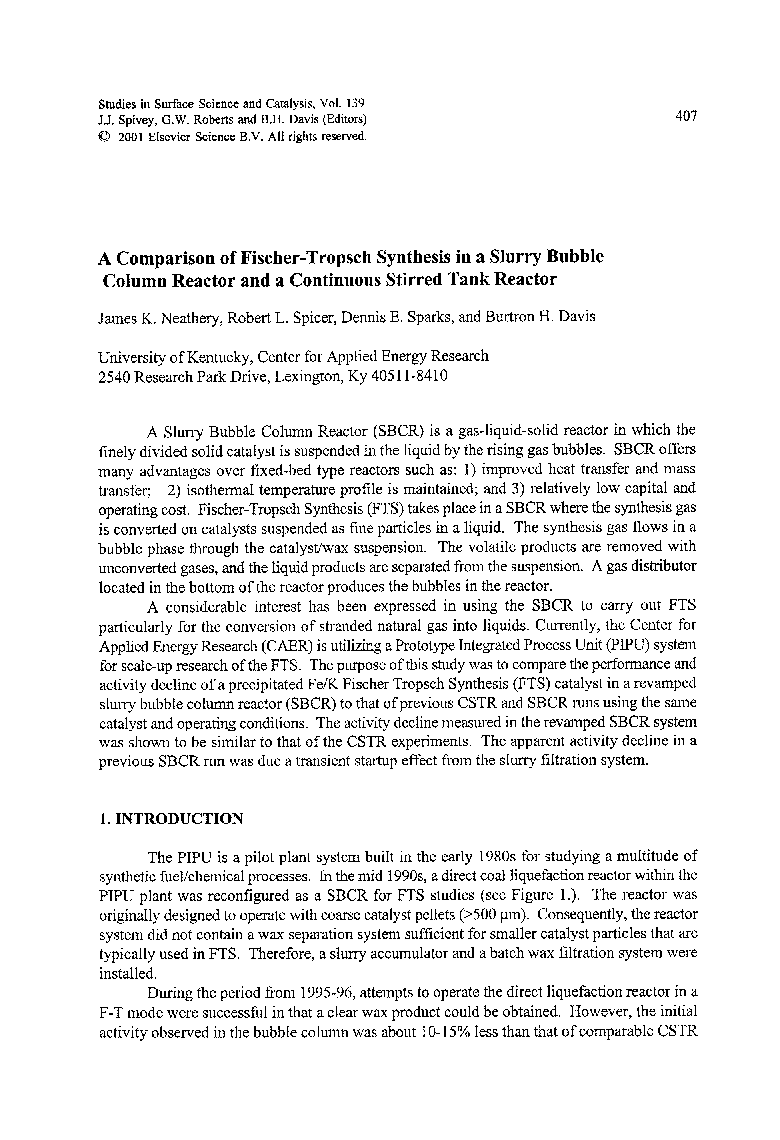| Article ID | Journal | Published Year | Pages | File Type |
|---|---|---|---|---|
| 871914 | Journal of Biomechanics | 2015 | 8 Pages |
Abstract
Optimality in footfall pattern use is often studied in relation to running performance and injury risk. The typical variables assessed (metabolic cost, impact force) represent only two of many potential variables runners might want to minimize situationally. Here we used optimal control theory to predict optimal model-based running mechanics with 44 different cost functions. We tallied the frequency of different footfall patterns, then examined which patterns minimized which types of cost functions. When the model wore shoes, rearfoot striking (RFS) was predicted by 57% of the cost functions and was consistently optimal for functions related to whole-body energy expenditure and peak joint contact forces. No other footfall pattern was predicted by more than 25% of the functions. Non-RFS patterns tended to be optimal for functions that gave equal weight to all muscles, avoiding localized muscle fatigue. Non-RFS patterns were also predicted when minimizing average joint contact forces. Similar predictions were seen when the model ran barefoot, where RFS was optimal for 55% of the functions. The results suggest that RFS is the most versatile footfall pattern (optimal for the greatest number of goals), and may explain why RFS is the most common pattern in recreational shod runners. We argue that natural non-RFS runners are not necessarily behaving “sub-optimally”, but rather may be optimizing their gaits on factors not tested here (e.g. comfort, which is difficult to quantify). In addition, switching from RFS to non-RFS may reduce the joint load accumulated during a run if speed and step length are maintained.
Keywords
Related Topics
Physical Sciences and Engineering
Engineering
Biomedical Engineering
Authors
Ross H. Miller, Joseph Hamill,
